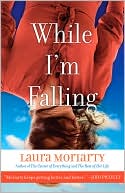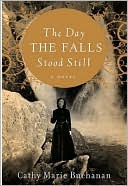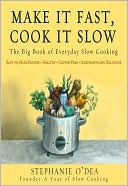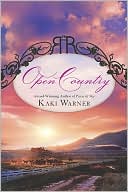 By Julie
By JulieYes, you read that right. It doesn't say what we've talked about before--setting as character. Nope, it says what you think it says.
You guys are getting the fallout of my revisions in my posts lately. I love exploring craft issues—and enjoy it even more when a post occurs to me as a natural result of what I'm doing.
You may know I'm revising a manuscript about two unlikely friends on a road trip to a funeral.
The settings vary, all the way from Texas to Kentucky, and while I'm very familiar with the Texas settings because I live here, the Kentucky/Ohio settings are a little tougher to write.
I was born in Kentucky and lived there off and on until I was in the third grade. My grandparents lived in Cincinnati, and my dad grew up in these areas, too, so I am somewhat familiar with them—mostly from my childhood memories, one or two trips back as an adult, and family photographs and lore.
I've worried. Will my setting notes for the parts of my manuscript that take place in Kentucky and Ohio ring true? I've picked my dad's brain again and again to be sure I remember things correctly. I've used Google Earth to view terrain, neighborhoods and architectural styles. I've searched for historical images of landmarks. In other words, I've tried to ensure my setting is accurate. However, I don't doubt that when my novel is published, some local reader will be able to point out the flaws in my Kentucky/Ohio scenes.
But I came across something interesting this week. Something that told me setting isn't necessarily about the terrain. It isn't always about the landmarks.
Sometimes, it's about the characters.
I just read Laura Moriarty's The Rest of Her Life. This is the second novel I've read by Moriarty (I reviewed The Center of Everything last year here), and I find her prose and dialogue to be painfully honest. I can relate to it on many levels. Like I often do with Elizabeth Berg, I wonder if Moriarty can read my mind. How else could she describe so precisely the way I feel—the often frustrating and confusing parts of being a mother or daughter?
The Rest of Her Life is about a family dealing with the death of another family's child caused by their daughter driving while distracted. It takes place in Danby, Kansas. I don't know if this is a real town. For all I know, it could be a town like the Kentucky one I've created in my novel—loosely based on my research and memories of several towns in the general area. (And yes, I could look Danby up to see if it's real. I might do that later, but for purposes of this post, it really doesn't matter.)
Moriarty didn't spend much time on physical description of the town or the surrounding area. I don't remember many, if any, references to landmarks or cultural reference points. Yet, this town is crystal clear in my mind. The reason is because of her characters.
Her characters are representative of the place. The clothes they wear. The way they talk. The things they do in their spare time. The houses they live in. How they raise their children.
All these things combine to make a detailed picture in my brain of what Danby, Kansas, "looks" like. It might not look like another reader's picture, but it works for me. Setting became an important character in spite of the lack of concrete details.
I hope I've done this in my manuscript, too, regardless of whether the small details I slipped in—maybe 100 percent accurate, maybe not—contribute.
I hope my characters say it as well as I could have.
(And that photo at the top of the post? I took it in Leadville, Colorado, last summer. Click on it to see it larger. What says more about the character of Leadville? The buildings a century or more old? The mountains in the distance? Or the guy in the cowboy hat and leather jacket riding a longboard down the middle of Main Street? Okay, maybe the slightly unsettling gas station signs, too ...)




